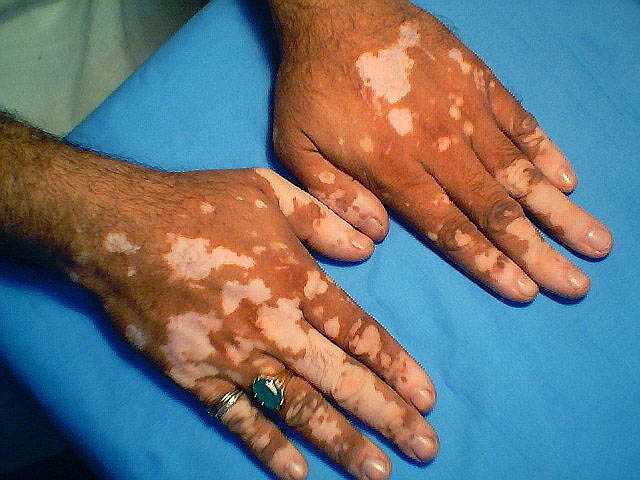
General Overview
Vitiligo is a skin illness which results in loss of skin color in spots. In this, depigmentation / hypopigmentation of a part/entire epidermis takes place. This might be because the melanocytes which are the cells accountable for pigmentation of epidermis, die or are not capable of operating. The degree and rate of color loss from vitiligo is uncertain. The skin over any of the body parts can get impacted by Vitiligo. The other components which are most likely to get impacted are – hair, the inside of the lips and also the eyes. All kinds of epidermis get impacted with Vitiligo & Leucoderma, nevertheless it’s much more commonly seen in individuals with dark skin. This condition is neither life-threatening nor contagious. It can be stressful or allow you to feel bad about yourself. Whenever treated, the condition can’t be entirely healed but there may be complete/partial enhancement in the look of the skin. Nevertheless, possibilities of recurrence constantly exist. The cause of Pigmentation problems like Vitiligo or leucoderma is not understood clearly as yet. Scientists have actually connoted, that it may be as an outcome of hereditary, autoimmune, oxidative anxiety, neural or viral factors. The incidence is less than 5% all around the globe.
There are two varieties of Vitiligo:
• Idiopathic – When the cause is perhaps not known • Chemical – It occurs because of to skin bleaching or other substances
Clinical Presentation
Symptoms & signs: •The absolute most striking characteristic of Vitiligo is patchy areas of epidermis that are depigmented (lost their pigment) which is most likely to take place in the extremities (legs, hands, etc). •These spots are small initially. They change in size and form, as the time progresses. •The sites where the epidermis lesions are most likely to appear initially are face, arms and wrists. •Additionally, the pigmented lesions are most likely to be seen around the body orifices viz. eyes, nostrils, mouth, genitalia and umbilicus (navel). •Some lesions are most pigmented at the edges/corners. •Vitiligo is considered as a ‘social stigma’. Many of the times, the affected people are distinguished in a different way from the other people belonging to the society. Such people may experience mood swings or also get into despair in the subsequent phase.
Predisposing factors
Non-Segmental– In non-segmental vitiligo (NSV), the pigmented spots are found symmetrically over the epidermis. As time passes, new spots arrive and can be generalized over bigger portions of the body or may be restricted to a particular location. Vitiligo where small pigmented epidermis remains behind, which involves almost all body areas, is termed as Vitiligo universalis. NSV can come about at any age.
NSV is more classified as follows:
•Generalized Vitiligo: Commonest of the variety, commonly and irregularly distributed areas of depigmentation. •Focal Vitiligo: Commonly seen in kids. One or a handful of spots exist in solitary region. •Acrofacial Vitiligo: fingertips and region surrounding the orifices •Universal Vitiligo: Depigmentation involving almost whole body •Mucosal Vitiligo: only the mucous membranes get depigmented. Segmental – Segmental Vitiligo (SV) differs in etiology, prevalence and appearance from associated disease. This generally impacts the areas of the epidermis that are connected with dorsal origins from spine and is many of the times impacting just one part of the body. It spreads also more quickly contrasted to the non-segmental variety, and whenever not treated, it is a lot more static/stable in development and not linked with auto-immune conditions. Segmental vitiligo responds incredibly with topical therapy and is a skin condition that can be managed.
Some facts regarding Vitiligo
•In vitiligo, the melanocytes (pigment cells) are obliterated in specific areas of the epidermis. •Though the precise cause for vitiligo is unknown, numerous scientists propose it to be an autoimmune condition, wherein the body’s immune system attacks mistakenly and kills specific cells inside the body. •Vitiligo has a propensity to run in families. •Vitiligo is at times associated with other medical conditions, which includes Thyroid disorder – Hyperthyroidism/hypothyroidism (overactive/underactive thyroid gland), alopecia areata (baldness in spots), pernicious anaemia (reduced RBC matter as an outcome of inadequate consumption of Vit. B12), adrenocortical insufficiency (adrenal gland fails to create enough corticosteroids). •Vitiligo is a painless condition and does not have any significant wellness repercussions, but despite that, it may have psychological and emotional sequelae. •Specific medical therapies may reduce the strength of the condition, nevertheless, it can be truly tough to cure.
Diagnosis
•Physical assessment, medical background and laboratory investigations – form the base on which the diagnosis can be made. •A skin expert is most likely to suspect Vitiligo, if a client comes up with white spots on the skin, particularly non-exposed areas like arms, legs, hands and mouth. •A significant family history of Vitiligo may be a standard in making the diagnosis. •Some other important aspects consist of – existence of a rash, sunburn, or other skin injury which happened at the site of vitiligo 2-3 months prior to depigmentation; physical disease or anxiety; and premature graying of hair (before the age of 35). •In order to verify the diagnosis, the dermatologist may ask to take a little test of the affected epidermis to study under the microscope. In case of Vitiligo, the epidermis test may manifest with absence of melanocytes entirely (pigment-producing epidermis cells). While, if inflamed skin cells are seen in the test, it may be suggestive of another skin condition apart from Vitiligo. •In the very early stage of the illness, Ultraviolet light (UVA or black light), Wood’s lamp can be helpful in determining and evaluating the effectiveness of therapy – Skin with vitiligo or Leucoderma, on exposure to black light, will radiate yellowish, green or blue. While, a healthy skin may not show any effect, whenever exposed to black colored light.
Treatment
There are numerous therapy choices available for Vitiligo such as application of steroids creams and the combination of UV light (ultraviolet) in combination with creams. •Phototherapy: The absolute most typical therapy involves exposing the epidermis to UVB light from UVB lamps. This can be carried out at house or at hospital. It’s incredibly essential to control the time of publicity so that the skin does not burn as a result of over exposure. If these spots are seen on the face and neck and if they’ve been existent for not more than 3 years, the therapy may take a couple of weeks. While, if in case the spots are seen on the extremities and are existent since 3 years and more, the therapy may need a couple of months to get finished. At house, the therapy carried out each day; and at a center, it’s done 2-3 times a week. Home remedies are stated to be more effective. If a large number of spots are present on the body, an extensive body therapy may be needed to carry out in a medical center or a clinic, wherein UVB broadband and UVB narrowband, both types of lights can be utilized. A combination therapy of Phototherapy with UVA (ultraviolet A) light along with a medical drug Psoralen (PUVA), may be useful. This therapy calls for 6-12 months or also longer period. The part results consist of – sun-burns or freckling of skin.
Narrowband ultraviolet B (UVB) is chosen to PUVA, as it’s safer less harmful a therapy. It’s done each day at home or two times a week at a clinic.
•Immune mediators such as tacrolimus and pimecrolimus have actually shown tentative outcomes. •Skin camouflage: De-pigmenting the affected epidermis with topical medications such as monobenzone, mequinol or hydroquinone, in instance of a substantial vitiligo. This sort of therapy may produce an even color to the epidermis. Treatment with monobenzone is strenuous and permanent. Sun-safety must be encouraged for the life time in purchase to stay away from dangers like serious sunlight burn or melanomas. It takes about 12 months to finish de-pigmentation therapy. •Melanocyte Transplantation: A research had been posted effectively on Melanocyte Transplantation in October 1992. The methodology included using a thin layer of pigmented epidermis from the gluteal area of the affected person. The melanocytes had been then separated in a cellular suspension system which had been expanded in tradition. A dermabrader had been used to the recepient location and then melanocyte graft had been used. As per the research, about 70-85% men and women regained pigmentation on the epidermis. The stamina of pigmentation differed from person to person. •Eximer laser: This might be the newest and a great choice for smaller area participation and can provide excellent results. Multiple sessions are needed to attain the desired result. In summary, Vitiligo is a skin condition that results as an outcome of absolute lack of pigmentation in the affected areas. Since, it’s considered to be a ‘social stigma’ it’s incredibly crucial for a Dermatologist to counsel the client psychologically. Though the condition can’t be totally healed, there are variety of remedies available which may reduce the extent of the condition.
In summary, oiling is NOT good for hair! In fact, it causes dandruff and seborrhoea which in turn causes loss of hair. Oiling your hair 30-45 minutes prior to washing your hair is a good practice. Keeping your hair oiled overnight is just NOT advisable!
 Dr. Rinky Kapoor is a top/ Best dermatologist, Cosmetic Dermatologist, Laser Skin Expert Doctor, currently based in Mumbai, India. She has won many awards as the Best Dermatologist in India, Top 10 Skin Doctor in India, etc. She specializes in all skin diseases & conditions and given her training as a dermato-surgeon, provides non surgical liposuction surgery, laser lipo & lipoplasty etc for weight reduction & cellulite reduction. Dr. Rinky Kapoor is trained at the iconic National Skin Centre, Singapore and completed her Fellowship in Cosmetic Dermatology & Lasers at the world renowned Stanford University, USA.
Dr. Rinky Kapoor is a top/ Best dermatologist, Cosmetic Dermatologist, Laser Skin Expert Doctor, currently based in Mumbai, India. She has won many awards as the Best Dermatologist in India, Top 10 Skin Doctor in India, etc. She specializes in all skin diseases & conditions and given her training as a dermato-surgeon, provides non surgical liposuction surgery, laser lipo & lipoplasty etc for weight reduction & cellulite reduction. Dr. Rinky Kapoor is trained at the iconic National Skin Centre, Singapore and completed her Fellowship in Cosmetic Dermatology & Lasers at the world renowned Stanford University, USA.
What one should know about the vitiligo and leucoderma treatment?
As people in India are becoming more aware of this disease, they are exploring for the various treatments offered in India. One of the best clinics to get vitiligo treatment in India from is The Esthetic Clinics in Mumbai. Dr. Rinky Kapoor is one of the best doctors for vitiligo treatment in Mumbai to offer the treatment. There are various types of vitiligo treatment in India.
Some facts about vitiligo before getting the best treatment in Mumbai:
- Vitiligo is a skin disease where the melanocyte, which are the pigment cells in the skin are destroyed.
- There are various symptoms and signs that can occur due to vitiligo and these include the loss of skin colour in the form of white patches, which are depigment on various areas of the body skin. Vitiligo can be localized in one part of the body or it can also spread to other parts of the body.
- The exact cause of Vitiligo is not clear and many people think that it is an autoimmune condition. This is known as the Idiopathic vitiligo and another type of vitiligo can also occur due to chemical bleaching of the skin, which can damage the skin and the pigmentation cells of the skin where the bleaching is done. There are many vitiligo treatment options available according to the type of vitiligo.
- Although the patches can start small, they can increase in size and change the shape.
- Vitiligo can also run in some families as a genetic condition.
One should first consult with the doctor for vitiligo treatment before getting the best vitiligo treatment in India. The treatment for vitiligo in India is affordable. There are many clinics offering the treatment in India. The Esthetic Clinics is one of the best clinics in India to get the best treatment for this condition from the best doctor for vitiligo treatment in Mumbai.
The doctor for vitiligo treatment in Mumbai will first opt for some physical test before providing the best treatment for this condition. These are:
- A biopsy is done for the skin.
- Blood test is done
- An eye exam is done.
Before taking the best treatment, the doctor for vitiligo treatment in India will consider the choice of the treatment will depend upon:
- The number of patches.
- The wide spread of the patches
- The type of vitiligo.
All these things help decide the best course of treatment to follow.
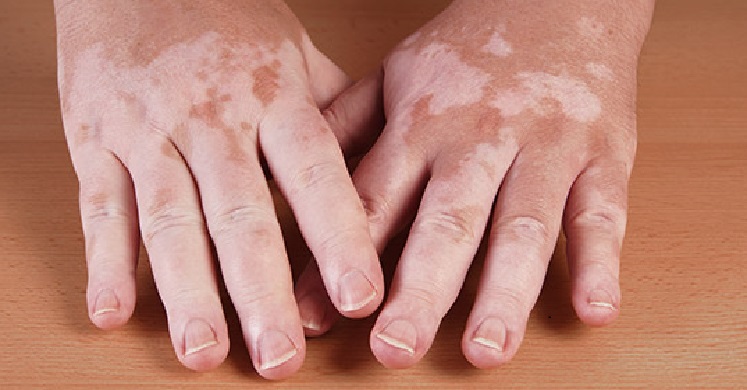

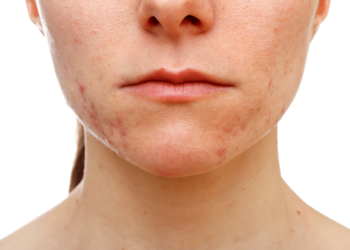

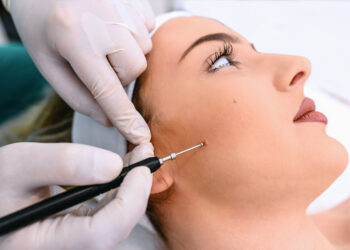
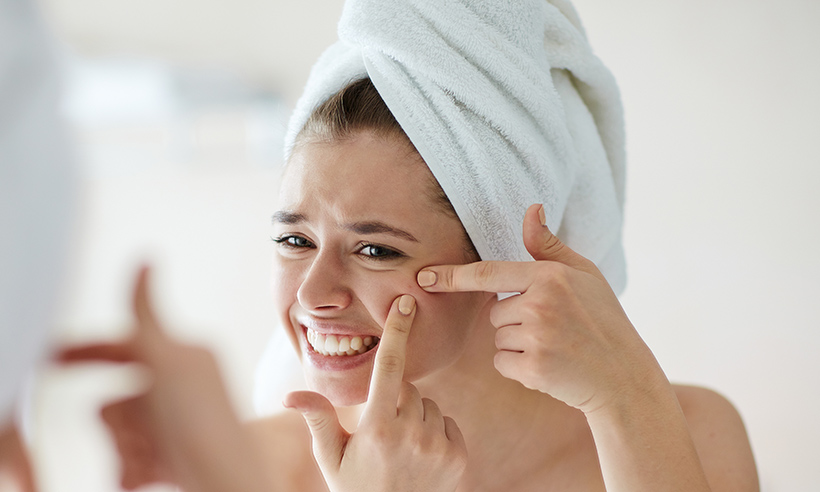
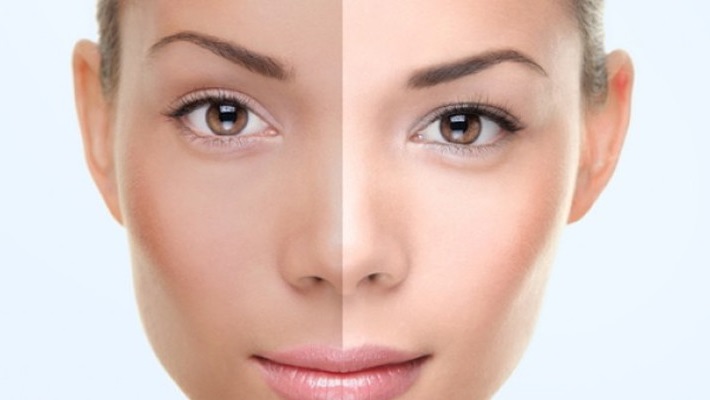
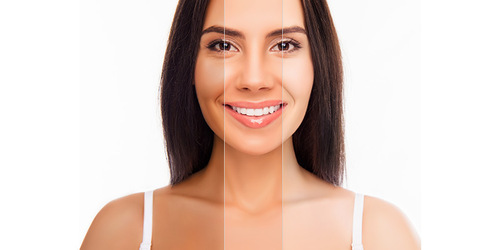
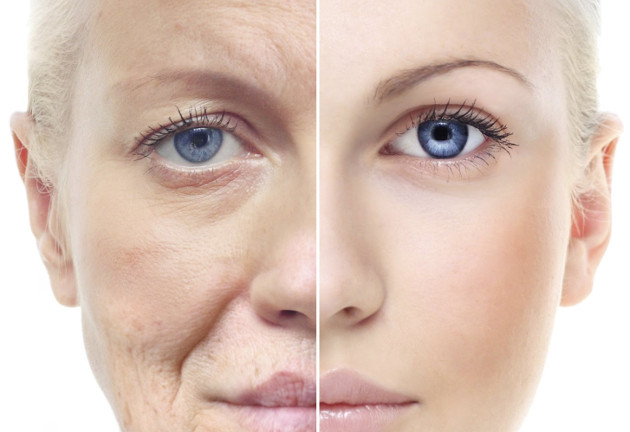
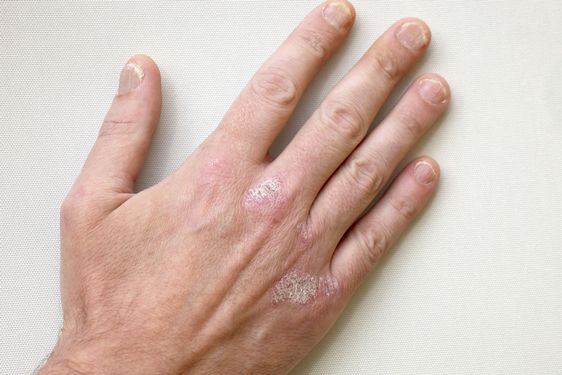













Discussion about this post